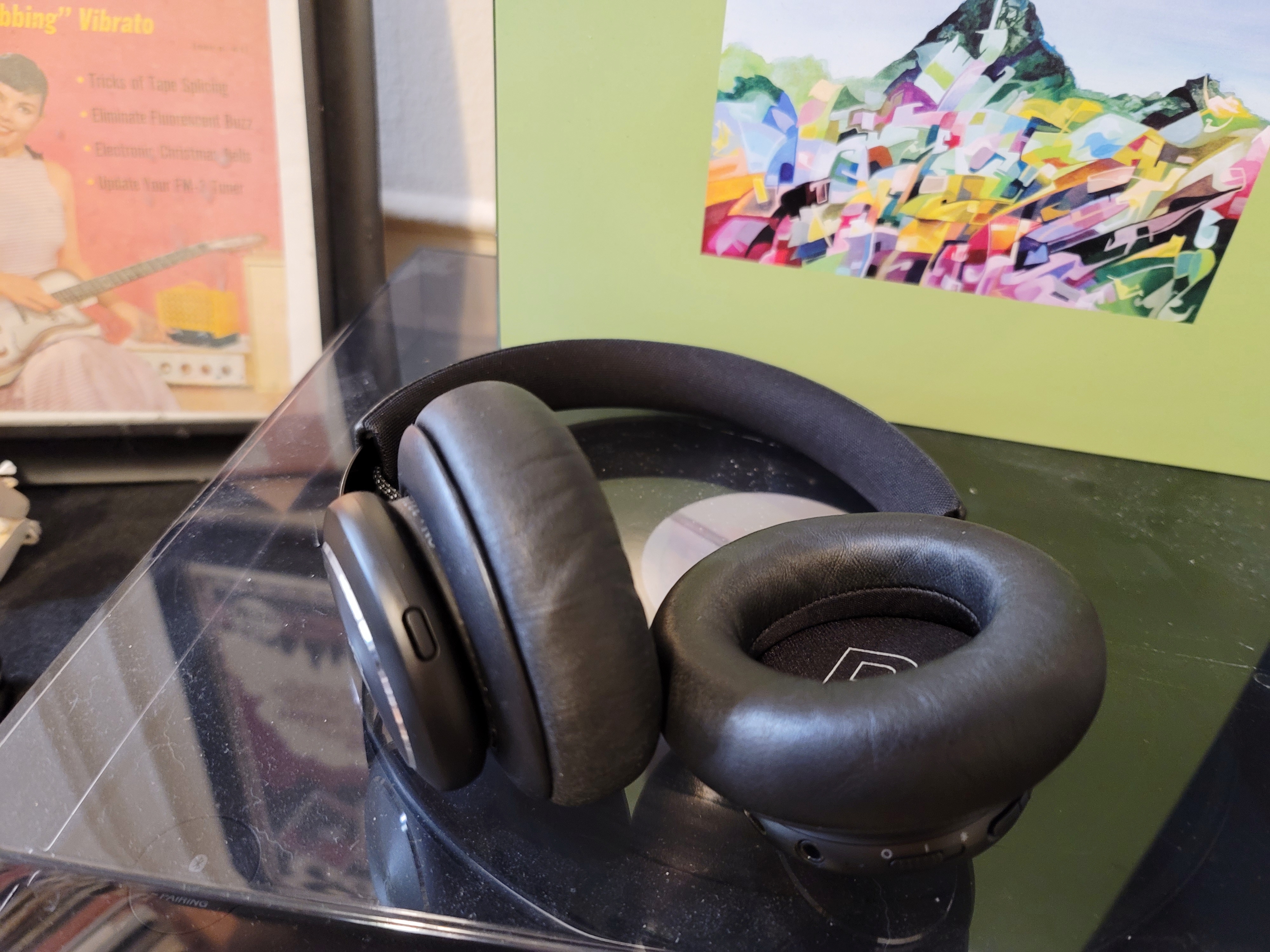News: Miniso, the Japanese-looking variety store from China, sees shares jump in US IPO
Investors are jumping aboard a value store chain that is bringing Japanese-inspired lifestyle goods to consumers around the world. The company, Miniso, raised $608 million from an initial public offering in New York on Thursday. It debuted at $24.40, above its pricing range of $16.50 to $18.50, and finished the day up 4.4%. Everything about
Investors are jumping aboard a value store chain that is bringing Japanese-inspired lifestyle goods to consumers around the world. The company, Miniso, raised $608 million from an initial public offering in New York on Thursday. It debuted at $24.40, above its pricing range of $16.50 to $18.50, and finished the day up 4.4%.
Everything about the seven-year-old firm — from its name, branding, products, to its website — suggests it is Japanese, except in fact it was born and bred in China. It bears a striking similarity to Muji, Uniqlo and dollar store Daiso in many ways, and has been called a copycat of its Japanese lifestyle predecessors.
The company, backed by Tencent and Hillhouse Capital, seems to intentionally, albeit misleadingly, brand itself as Japanese. In its public messaging, such as this press release and its country-specific site, it describes itself as a firm co-founded by Chinese entrepreneur Ye Guofu and Japanese designer Miyake Junya in Tokyo in 2013. But its Japanese origin is nowhere to be seen in its IPO prospectus.
Instead, the document lists the southern Chinese metropolis Guangzhou as the firm’s first base and Ye as the sole founder and current chief executive. All key directors and executives appear to be Chinese.
Branding confusion aside, there’s no denying Miniso has successfully wooed many young, price-sensitive consumers who welcome choice overload. Over 80% of its store visitors in China are under the age of 40. As of June, more than 95% of its products in China were below 50 yuan or $7.08 — thanks to the vicinity of abundant manufacturers — and the firm prides itself on the goal to launch 100 new SKUs every seven days.
Miniso’s revenue reached $1.4 billion in 2019, compared to $17.85 billion for 71-year-old Uniqlo and $4.17 billion for 39-year-old Muji. It recorded a loss of $44 million last year.
The firm’s retail stores, decorated by its iconic bright red color reminiscent of the Uniqlo brand, span over 80 countries today. 40% of its 4,200 stores are outside of China. Over 90% of its outlets are franchise stores, one reason why it’s able to expand rapidly, but the model also means Miniso has limited control over its large network of third-party operators.









 .
.  Google explains in a blog post announcing the feature that it’s able to do this because it basically ignores the fluff that is the quality of your voice, any accompanying instruments, tone and other details. The algorithm is basically boiling the song down to its essence, and coming up with a numerical pattern that represents its essence, or what Google calls its ‘fingerprint.’
Google explains in a blog post announcing the feature that it’s able to do this because it basically ignores the fluff that is the quality of your voice, any accompanying instruments, tone and other details. The algorithm is basically boiling the song down to its essence, and coming up with a numerical pattern that represents its essence, or what Google calls its ‘fingerprint.’
